London Design Biennale: emotional states
ho
An edition to question the perception of the function of design as embellishment and its power to appeal to emotions.
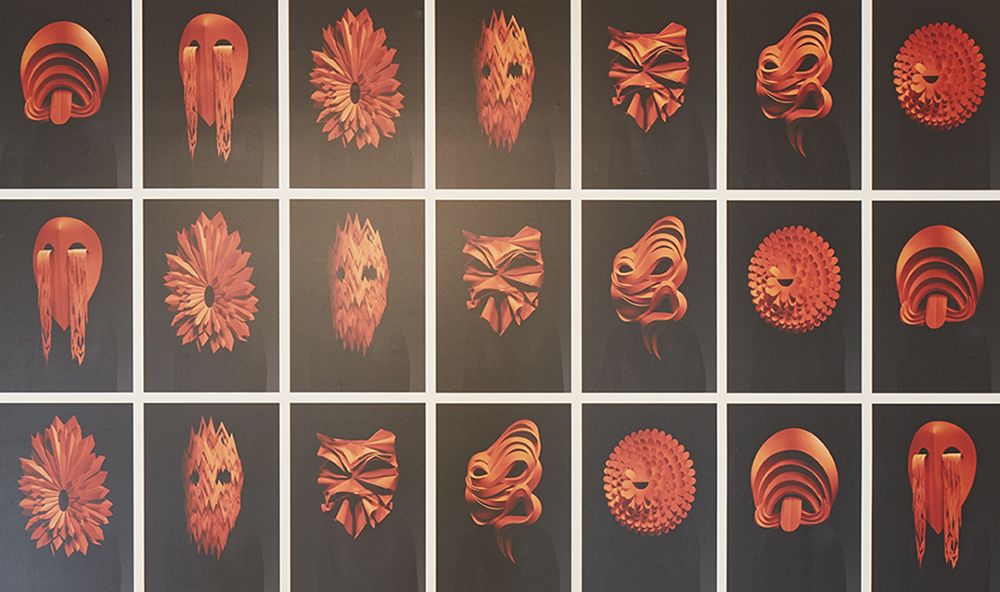
The second edition of the London Design Biennale comes with a clear objective: to question the perception of the function of design as embellishment and to highlight its power to appeal to emotions. We feature 12 installations among the 40 participating projects.
Greece: disobedience
The project proposed by Greece, ΑΝΥΠΑΚΟΗ (Disobedience), is literally and figuratively the backbone of the biennial. With the shape of a spine, the structure is located right in the epicentre of the patio of Somerset House and invites participants to walk it from top to tail. After admiring its futuristic and also vernacular aspect, I venture into it and I discover that it is not an ordinary structure. With each step, the walls of this spine widen a bit to facilitate my walk and adapt to my presence, but as I move forward, they close after me returning to their original shape. Responsive architecture feels still strange to me and certainly disobedient: modular, flexible, adaptable and responsive, the structure resists statism, reacts to my steps and puts all my senses on alert. Without a doubt, a good way to start the visit.
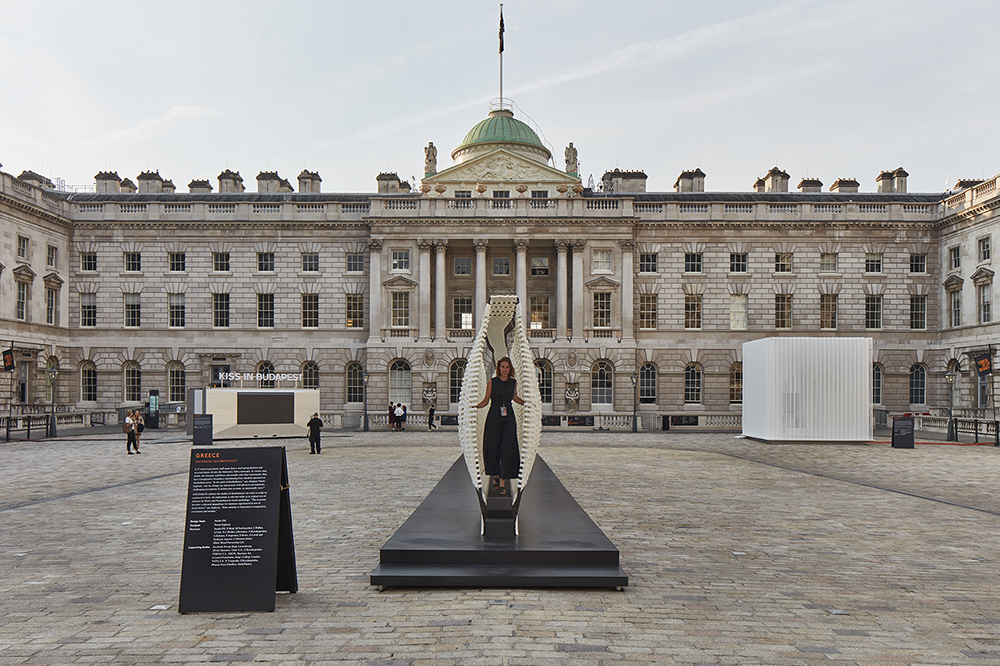
Egypt: modernist indignation
The Egyptian pavilion is an elegy to the loss of the modernist architecture of the country. The installation reviews the paper and the trajectory of Al Emara, the first Arabic-language design magazine, which was published between 1939 and 1959, and today is one of the only testaments of a lost design culture: “In the absence of accessible archives for the study and documentation of modernist architecture in Egypt, the magazine, scattered between private collections and antique booksellers, is the most comprehensive record of the country’s embrace of modernist design. Many of the buildings published in the magazine have been demolished, mutated or suffer from poor upkeep and no heritage status has been granted to any structure of modernist design”. The installation includes a fragile inscription of the magazine’s logo on the floor – which the visitors slowly erase with their steps in an allegory of the vulnerability of modernist culture – and it also shows a poetic video recorded in the house of Sayed Karim, the founder of the magazine, which was severely persecuted by the regime. The video includes his manifesto: “What is architecture?” (1939). Egypt has won the most outstanding contribution medal with its participation.
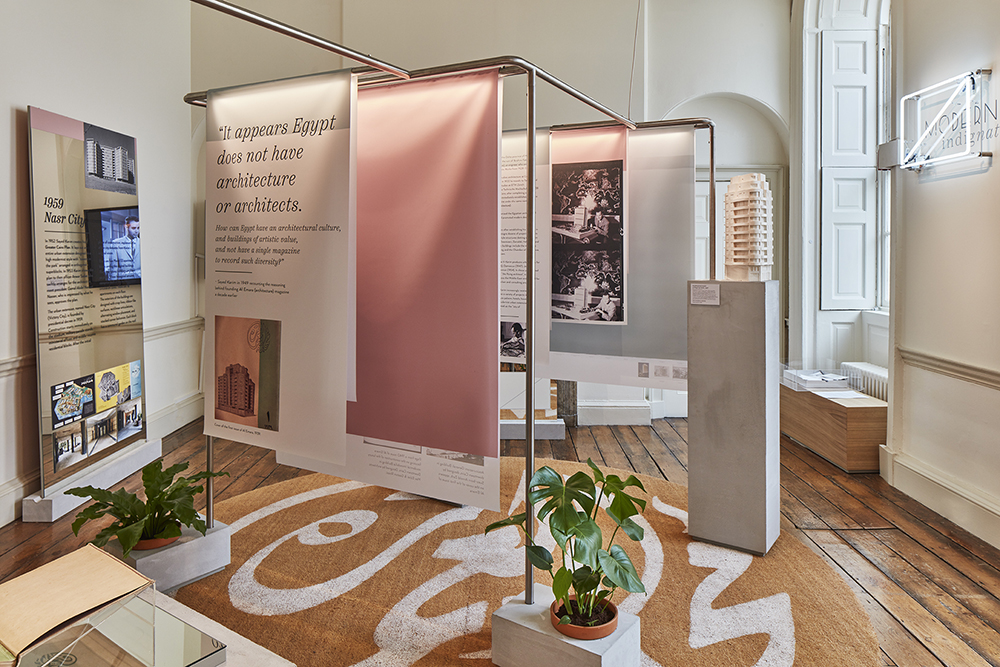
Poland: a matter of things
Poland’s is a very simple, but highly effective installation, both in the way it presents the country’s history through design and in the way it responds to the theme of the biennial: the relationship between design and emotions. The curators have selected ten ordinary objects that are strongly connected with events in the recent history of Poland. This choice aims to highlight the high emotional charge of design and its importance as a transmitter of the history and culture of a particular country. Poland has received an honorary mention for its installation.
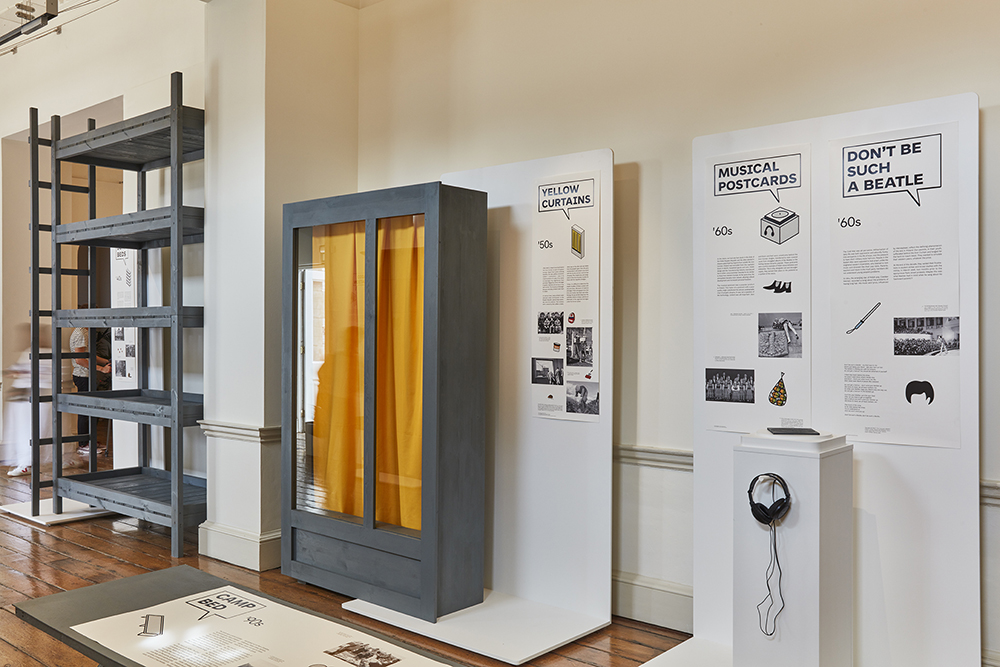
Latvia: matter to matter
Latvia’s offering is also very simple yet revealing. The installation recreates the effect of one of the characteristic features of the nation: the humid climate, on a glass wall, and invites attendees to register messages condemned to an eventual fading away. A highly poetic statement about the role of nature and geography in the perception of a country’s identity, on culture and transition, and on the ways in which nature can cover human traces and vice versa. Latvia has won a medal for the participation with the most exceptional design.

Guatemala: Palopó
The pavilion of Guatemala is a tribute to the textile tradition of the country, its vibrant colours and the transforming power of art and design for cities. The installation tells the story of Santa Caterina Palopó, a small town by the Lake Atitlán that has reactivated its impoverished economy through tourism thanks to the creation of a monumental work of art. The designer Diego Olivero, together with a team of designers, architects and local leaders, worked with the community to paint the 800 houses in the town with patterns inspired by local textiles. Each family chose between five combinations of colours and a series of designs, all based on the traditional huipil. The result: a mosaic of colours that have made the city more pleasant to its inhabitants and more magnetic for tourism, favouring the development of the local economy and social welfare. Guatemala has been voted by the Biennale visitors as the best participation and has been awarded the public medal.
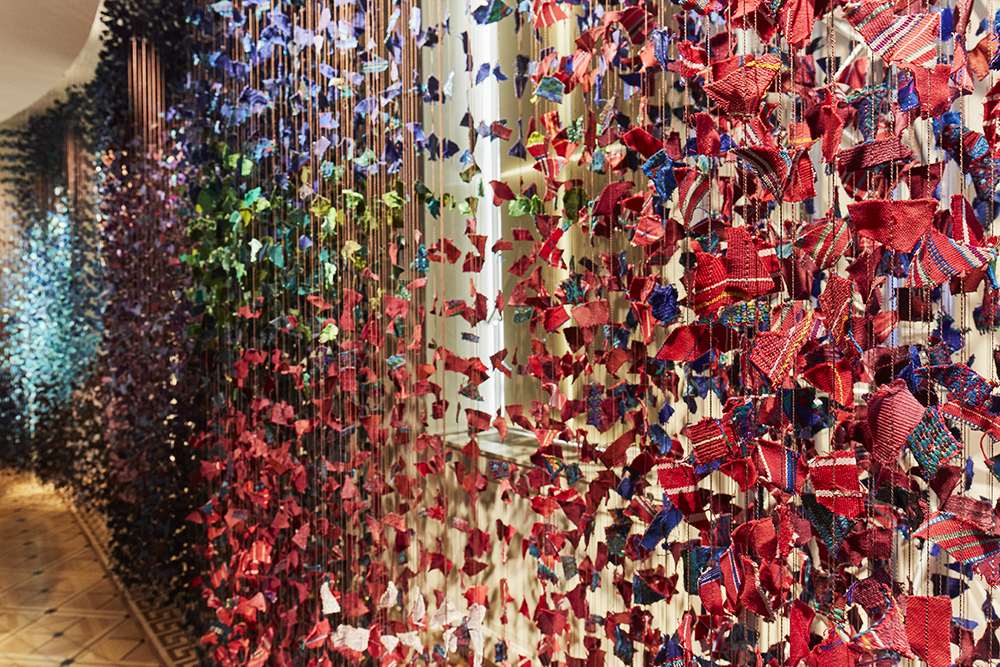
USA: face values
The United States of America connects the topic of emotional states with a brief historical review of the study of facial data. The pavilion has two interactive installations by R. Luke DuBois and Zachary Lieberman that analyze in real time the expressions of the participants that wish to use them, and expose in a playful way the challenges that the uncontrolled use of digital technologies of facial data recognition present to society. The United States has won the medal for the most inspiring interpretation of the theme of the Biennial.
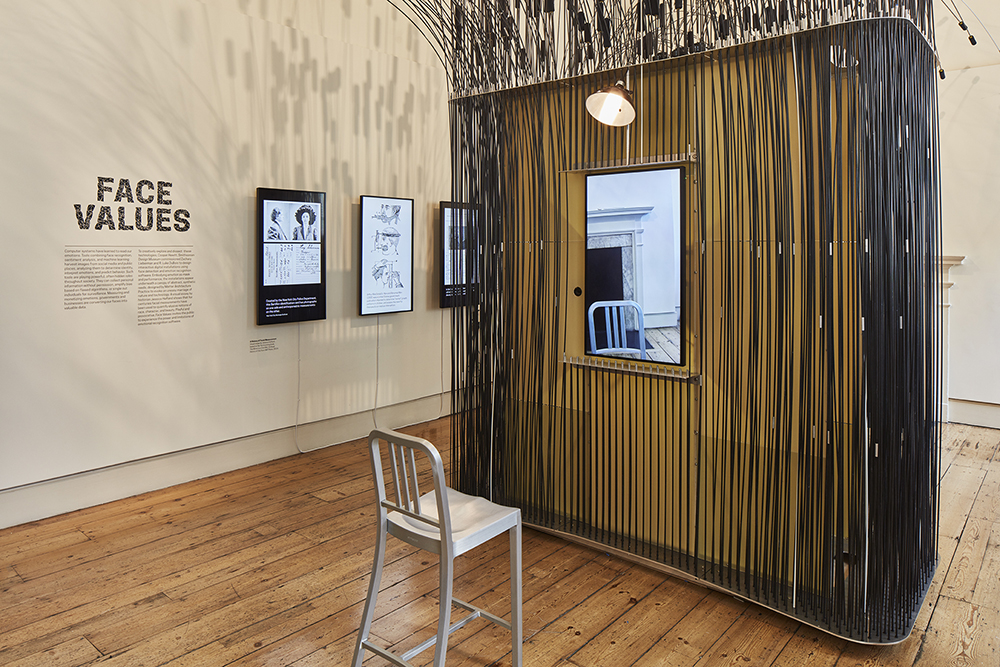
Israel: exposed nerves
Israel points to transparency and to the exposure of “work in progress” and collaborative methods to show live the process behind the design of exhibitions. During the days the biennial is open, the team selected to participate in the event has moved its office to the exhibition halls and shares with the public their day to day tools, ideas, tests, prototypes and the result of their work. The experiment is very interesting because it visualizes a work that is usually invisible and humanizes the coldness of the exhibition hall with the warmth of a multidisciplinary team working in full swing.

UK: maps of defiance
The United Kingdom participates in the biennial by sharing the latest projects of the multidisciplinary research agency Forensic Architecture. The pavilion presents its collaboration with the NGO Yazda, whom it supports and trains in the collection, documentation and preservation of evidence of the destruction, genocide and enslavement perpetrated by Daesh (Islamic State) against the Yazidi people through DIY (do it yourself) tools. A great example of the possibilities of design as a means to promote social justice.
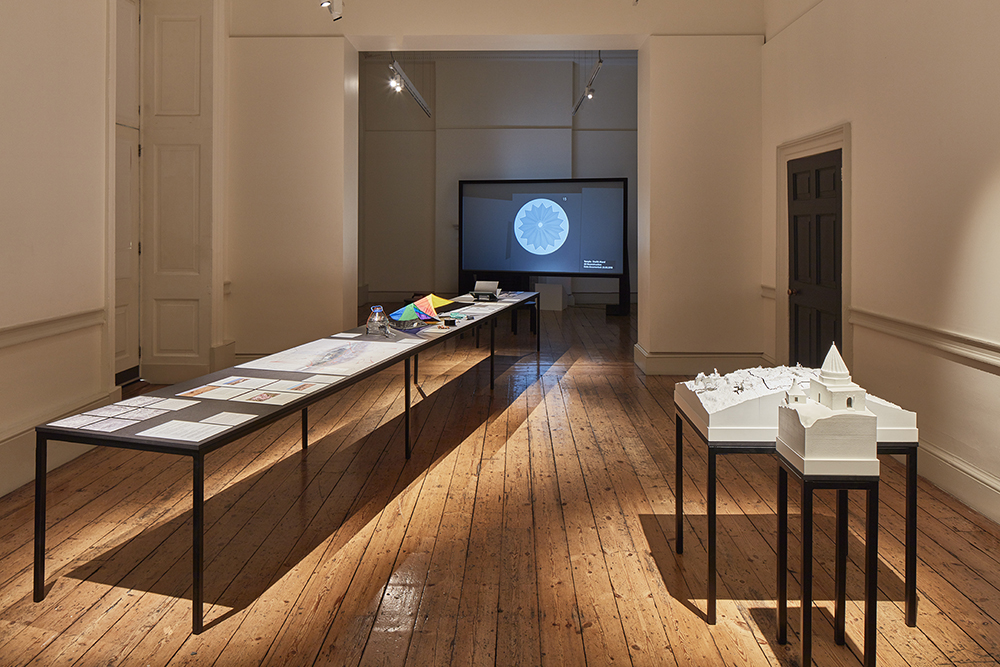
The Netherlands: power plant
Het Niewe Instituut, the renowned multidisciplinary research institute in the Netherlands, is responsible for the Dutch participation, and it addresses the issue of emotions from the perspective of food. Food drives many of our most primal emotions, and increasingly it is at the root of our deepest fears. With the population in continuous growth and the climate reaching unsuspected extremes, the world of design is actively looking for solutions to continue feeding the population without causing more destruction to the planet. Power Plant is presented as the greenhouse of the future: a building that harvests both food and the electricity needed to grow it.
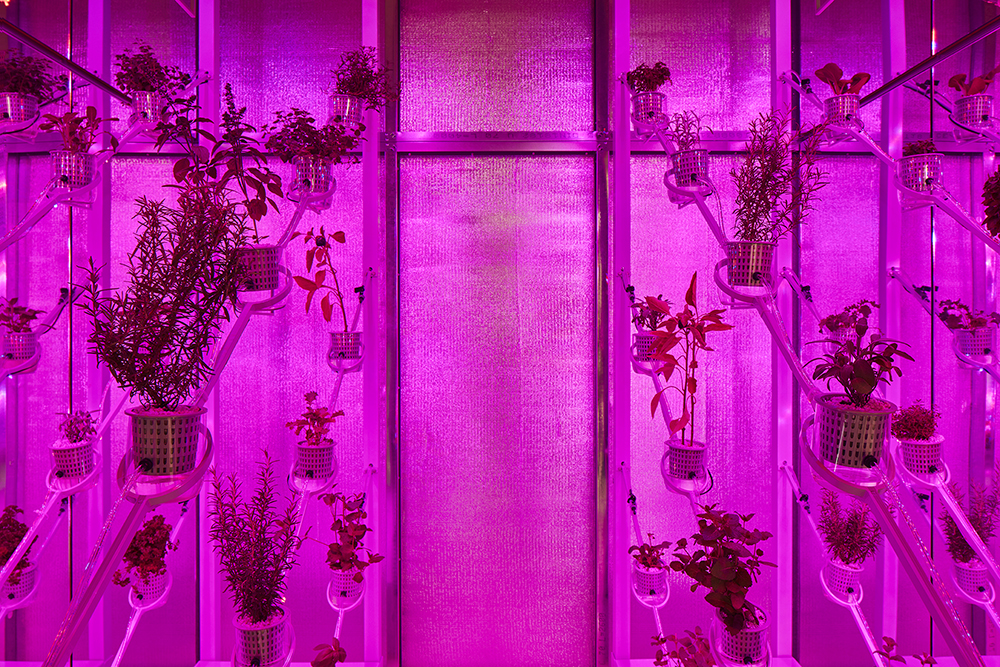
Austria: after abundance
The Austrian participation, like the Dutch one, also points to a dystopian future and to the role of design in offering solutions to complex problems. The pavilion is the creation of a research group led by Anab Jain, co-founder and director of Superflux, and in line with the work of this studio, it shows spaces, stories and tools that shake our emotions to illuminate more sustainable paths for progress than the ones we have followed. The pavilion presents fictitious and deeply moving personal stories of hypothetical members of an Alpine village under the effects of extreme weather and political conditions.
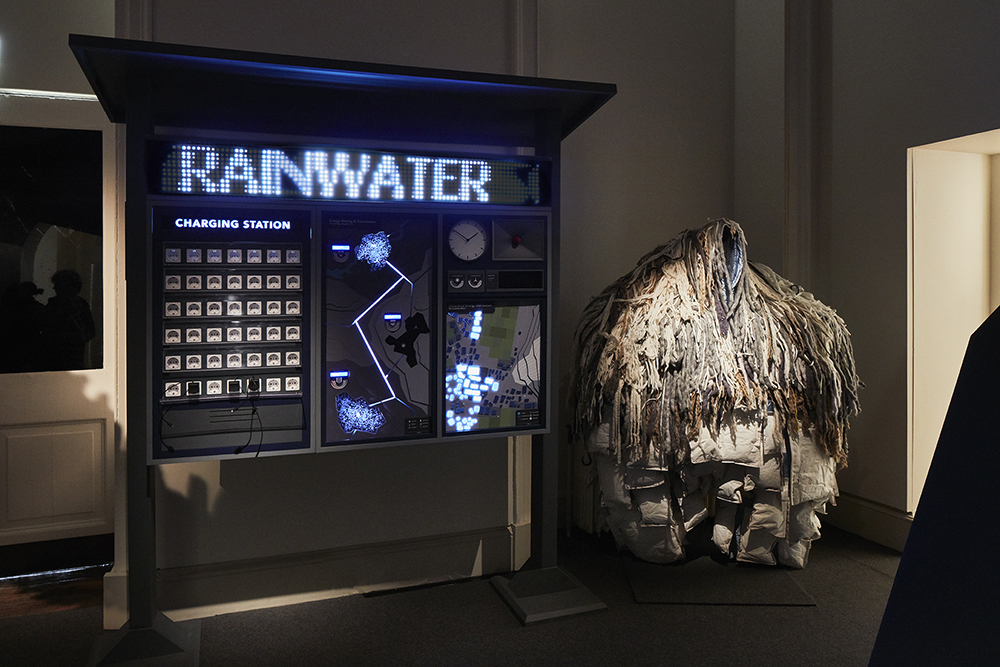
Italy: the architecture of trees
In contrast to the darkness and the futurism of these last participations, Italy recovers a study of seminal design, started in the 60s and published in 1982 by the architects Cesare Leonardi and Franca stages. Excited by the beauty and attracted by the wisdom of nature, the architects dedicated 20 years to studying the architecture of trees, exhaustively drawing 211 species. The resulting study is an indispensable guide for landscapers. The pavilion exhibits a selection of these drawings and a copy of the whole study is on view in the middle of the room. The organisers of the Milan Triennial in charge of the installation present it as a prologue to the next edition of the event, which will take place next year in Milan with the title Broken Nature, curated by Paola Antonelli with the intention of exploring the role of design both in the destruction and in the restoration of the damages that design has inflicted on the planet.
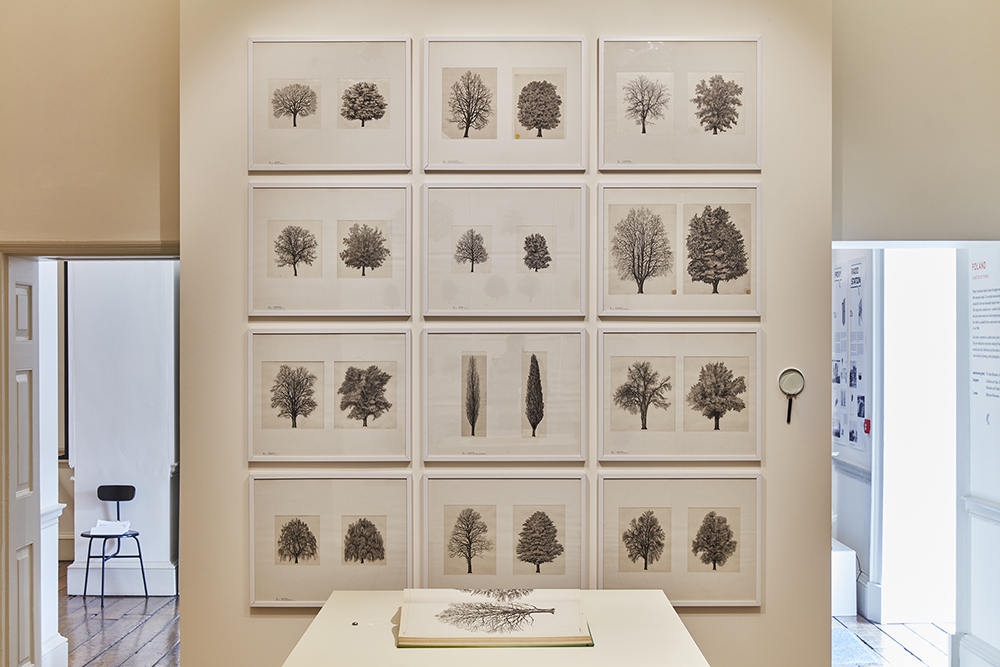
Australia: full spectrum
We would like to close our selection with the Australian installation, a work of great beauty and symbolism created by the designer Flynn Talbot in tribute to the recent decision of the Australian government to legalize gay marriage. The sculpture is made up of 150 threads of light with the full spectrum of rainbow colours: “I wanted people to be able to feel and experience every colour of light, just as now in Australia people are open to every way of loving. I hope the open and accepting nature of the new Australia is felt through my installation”, explains Talbott.
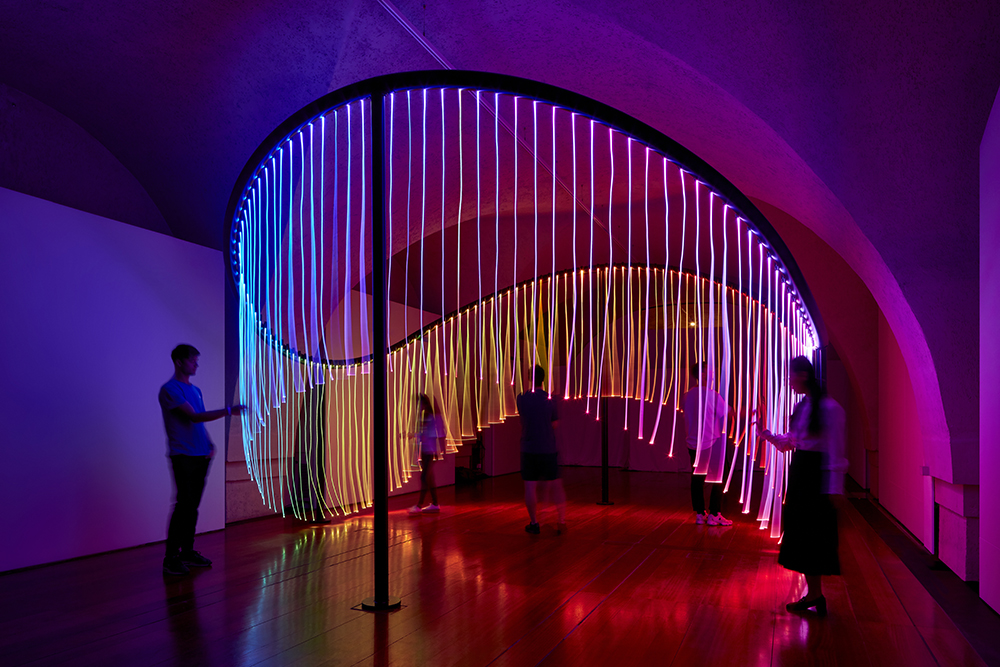
The London Design Biennial can be visited at Somerset House between the 4th and the 23rd of September. A complete spectrum that also summarizes the diversity of proposals that make up this second edition of the biennial and show the wide capacity and creativity of contemporary design to address all kinds of topics from various approaches and causing all sorts of emotions. Likewise, the graphic campaign of the event, created by the prestigious Pentagram studio, highlights this representative spirit. The proposal presents a collection of monochrome paper masks that represent the full spectrum of emotions identified by Charles Darwin in his 1872 work “The Expression of Emotions in Humans and Animals.”.

Author: Sol Polo